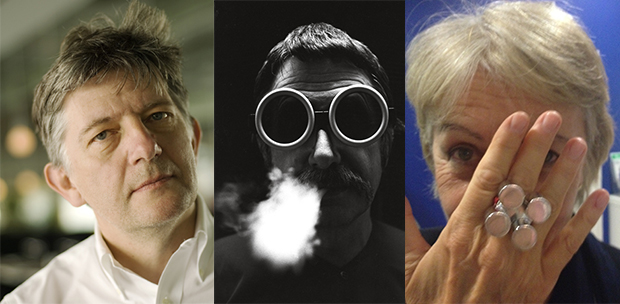
Deyan Sudjic and Barbara Radice on Sottsass
The Design Museum director and Sottsass’s widow discussed the great man last night. Here are some highlights
Barbara Radice, the author and design critic, met Ettore Sottsass in 1976; they married, and, following the avant-garde designer’s death in 2007, she served as something of a cultural custodian, helping others to understand her late husband's work, not least by overseeing our new monograph. To mark the book’s publication, we were delighted to hear her talk at London's Design Museum last night, discussing the great man’s life, work and legacy with the museum's director and fellow Phaidon author, Deyan Sudjic.
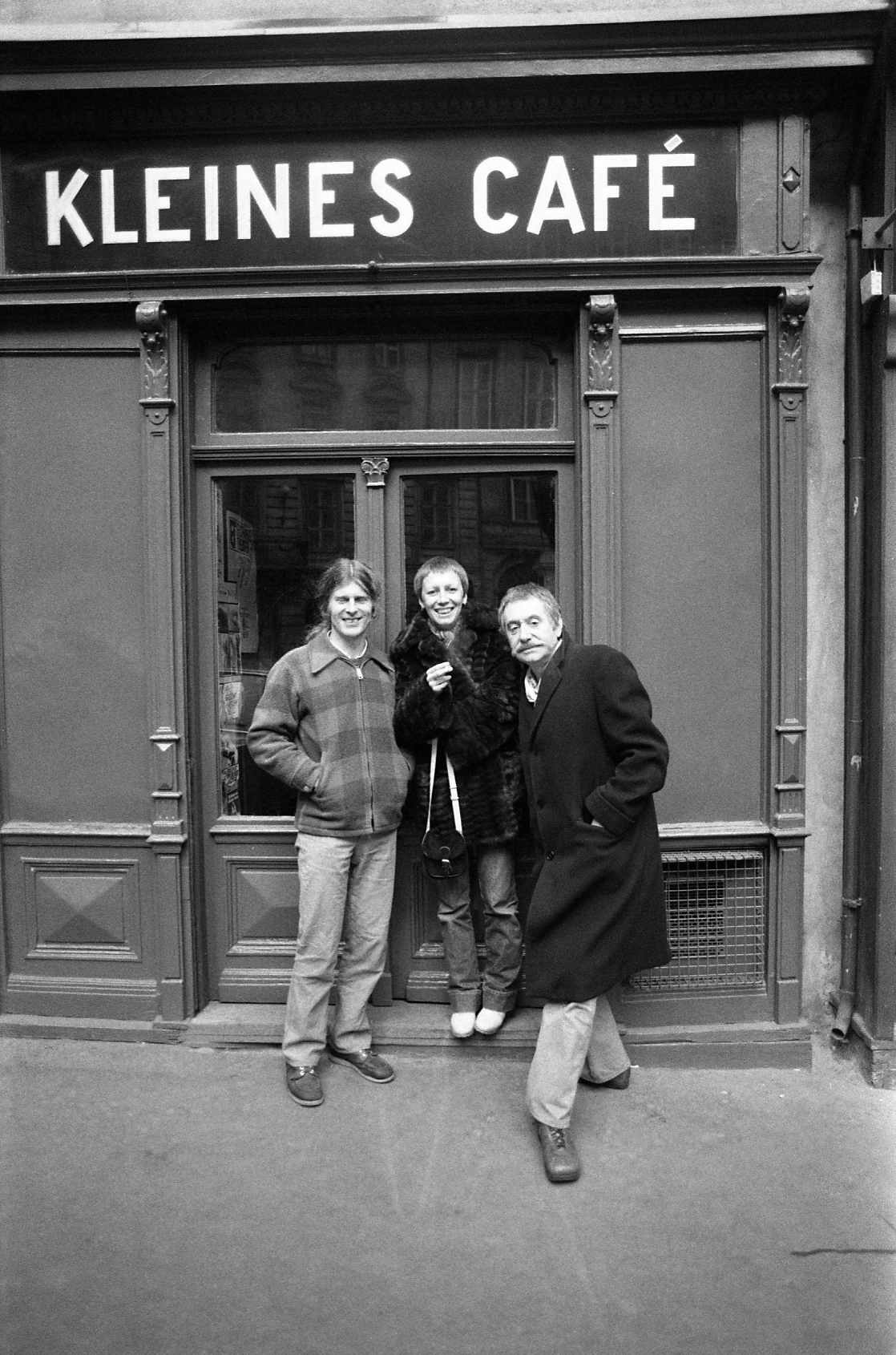
The pair discussed Sottsass’s early life, including his military service during World War II, “a year in the mountains having a grim time as a soldier," as Sudjic put it. This experience, Radice says, was leavened by painting. “He wrote 'send me some more paints' in his letters home to his parents,” she explained, adding that, “he had an extraordinary ability to draw even when he was young.”
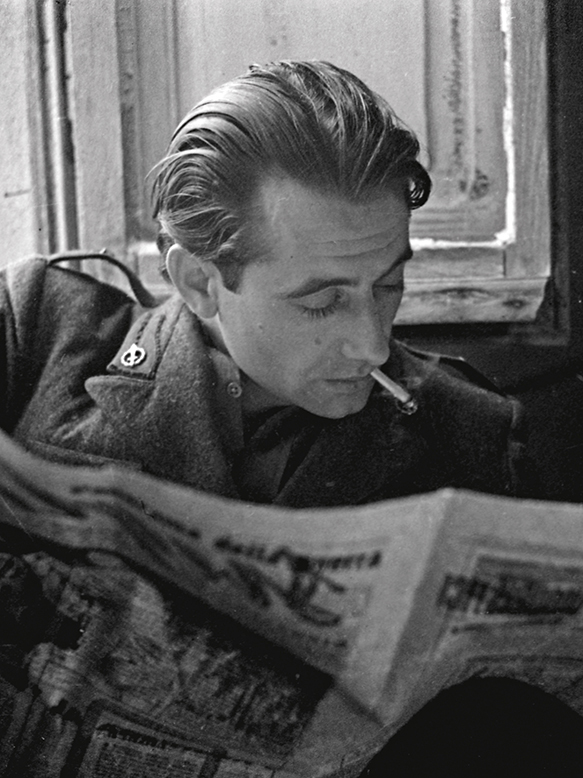
Sottsass’s enthusiasm for art impinged on his early architecture studies, Sudjic believed; “He moved to Turin, as it had the best architecture school in Italy, but he spent more time being a painter than an architecture student.”
Radice concurred, adding that the designer “was not fond of architectural hierarchy,” preferring, instead the painters’ milieu. “He went to Paris for the ‘37 Expo where he saw Picasso’s Guernica, which left him speechless.”
In response to a question from the audience, Radice also described Sottsass’s experiences back in 1957, working for the great American modernist George Nelson. Radice characterized Nelson as “a very sensitive, cultivated man,” with a very distinct view of commercial modernism; Nelson had “an idea of American productions that didn't exist in Europe at the time.”
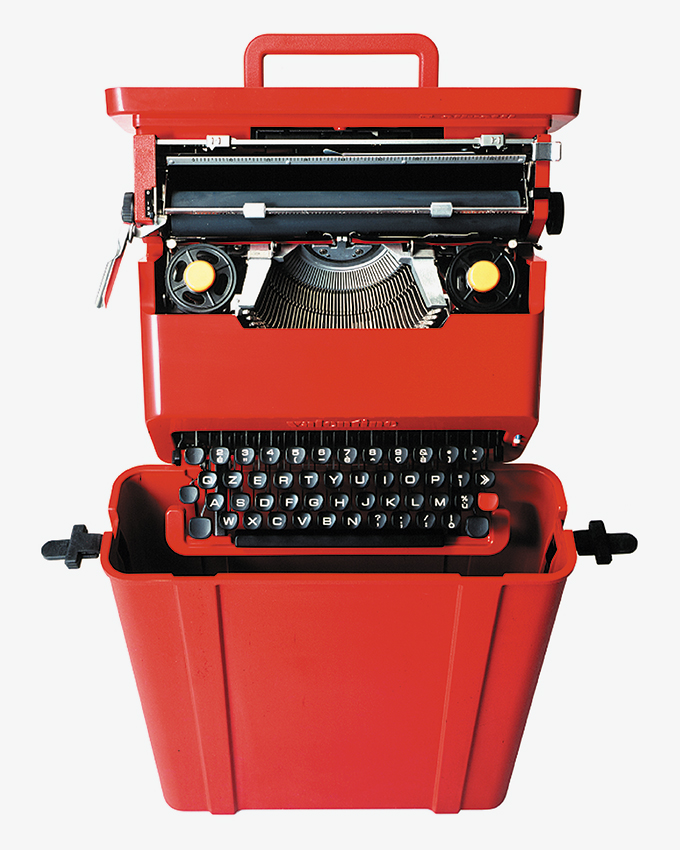
Sottsass’s own commercial considerations came up too, in particular, his work at Olivetti. “'This typewriter is all I'm fucking known for',” Barbara recalls the designer saying, in response to his beautifully produced, though commercially unsuccessful, 1969 Valentine typewriter.
Some of product’s failure can be attributed to Sottsass, who, as the speakers recalled, pictured a machine “to keep poets company on lonely weekends in the country,” and initially designed it to have only upper-case keys.
“It was liked by poets and intellectuals,” Radice said, “but they didn't buy it, because they had no money! So it was a disaster!” Though a disaster that now resides in MoMA’s permanent collection and commands high prices on eBay. Proof, perhaps, that profits and losses are no way to judge a designer’s work.
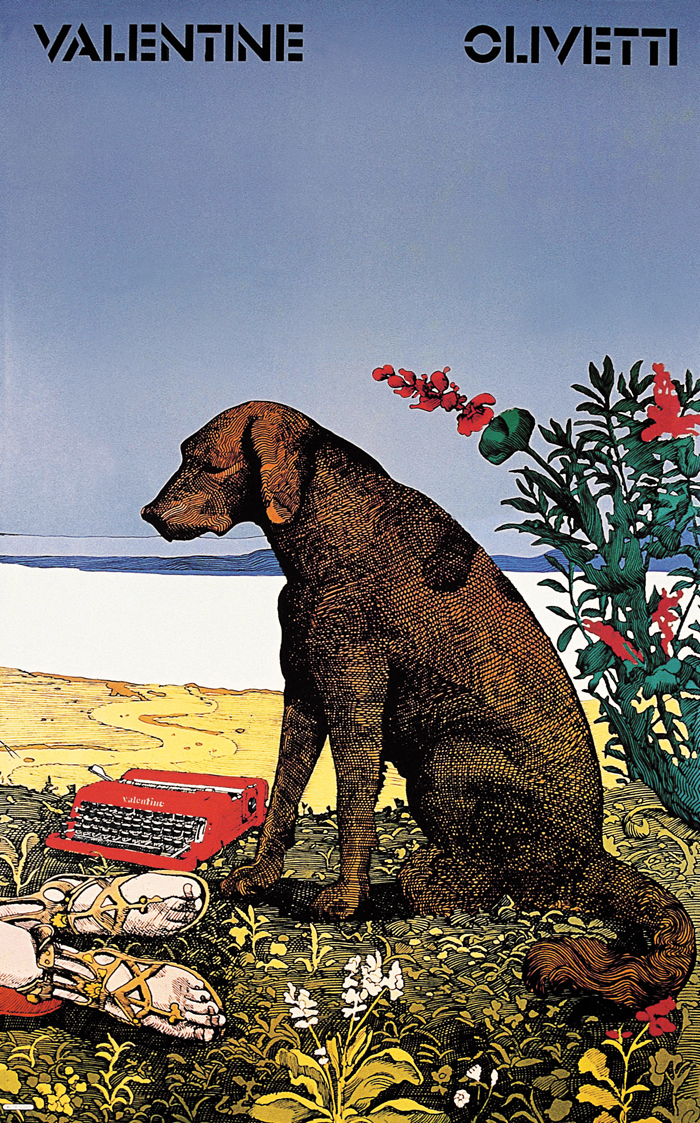
For more on Sudjic’s take on Sottsass, go here; for greater insight into Radice’s take, go here. For a richer understanding yourself, buy a copy of this great new Sottsass book from the people who made it, here.